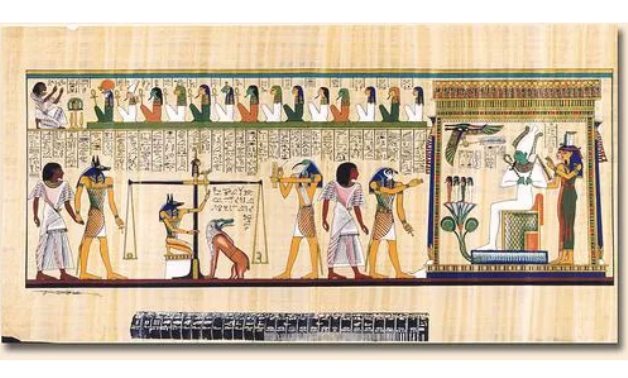
Ancient Egypt was one of the first civilizations to have a measurement system for lengths, weights, and volumes.
CAIRO – 8 February 2022: Ancient Egypt was one of the first civilizations to have a measurement system for lengths, weights, and volumes.
The ancient Egyptian measurement system contained units of length measurement. This is documented from the Early Dynastic period of ancient Egyptian.
Dating back to the Fifth Dynasty, the Palermo stone recorded the level of the Nile River during the Early Dynasty, when the height of the Nile was recorded as 6 cubits and 1 palm (about 3.217 m or 10 ft 6.7 in). Land area records also go back to the Early Dynastic period where the Palermo Stone recorded the granting of land. Mathematical papyri included land area units as well.
Weights have been known since the ancient Egyptian kingdoms and perhaps as early as the Early Dynastic period. Weights were measured with a unit called dipen, equivalent to 13.6 grams in the Old Kingdom and Middle Kingdom. A dipen was equivalent to 91 grams during the New Kingdom.
The Palermo Stone is the largest of the seven remaining fragments of a large memorial plaque known as the "Royal Annals of the Old Kingdom." The stone contains a list of Egyptian kings after the unification of Lower and Upper Egypt, starting with King Narmer, from the First Dynasty to the beginning of the Fifth Dynasty, recording important events during each year of their rule.
The plaque is believed to have been carved on a black basalt stone panel towards the end of the Fifth Dynasty. The Palermo Stone is kept in the Antonio Salinas Provincial Archaeological Museum in Palermo, Italy, where it takes its name, and the rest of the plaque is housed in the museums of Cairo and London.
Comments
Leave a Comment